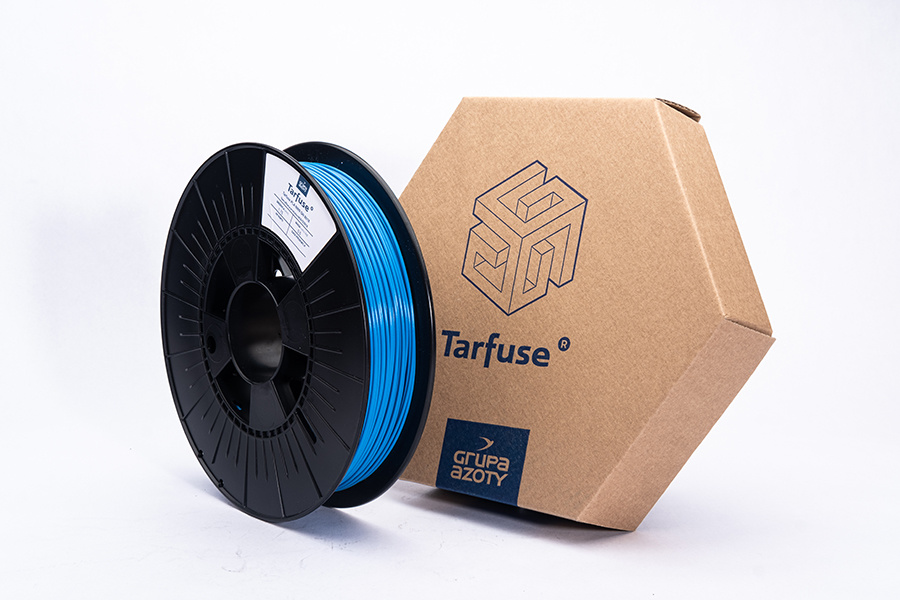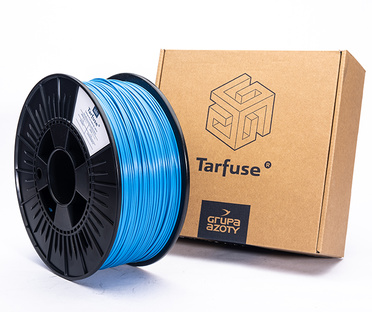3D printing changes the way products will be manufactured in the future
Additive manufacturing technologies represent a group of modern production methods widely used in engineering for rapid manufacturing of details directly from 3D-CAD models, geometrically complex models and demonstration prototypes, functional details, precise elements of personalized models as well as maintenance parts.
FDM Technology
The FDM/FFF technology covers building details by applying a layer by layer of molten plastic bonding it to the previous layers of a detail until the full height of the model is reached.
FDM Technology
The FDM/FFF technology covers building details by applying a layer by layer of molten plastic bonding it to the previous layers of a detail until the full height of the model is reached.
The FDM/FFF technology covers building details by applying a layer by layer of molten filament – plastic through binding it to the previous layers of a detail until the full height of the model is reached. Support structures are built from a separate plasticizing system (extruder) and can be detached or melted depending on the used material. Typically, for standard materials such as ABS or PC a soluble support material is used while for high temperature materials, such as PEI or PEEK, a detachable support material is applied. In FDM/FFF machines, the construction process takes place at high temperatures to minimize the linear contraction of the material and the resulting deformation. The material extrusion process itself is also carried out under strictly defined conditions and due to the partial thermal degradation of the material, when switching between the construction of the support layer and the model, it is necessary to release a small amount of plastic to the service station while cleaning the plasticizing system.
The main advantage of this method is a relatively cheap construction of prototypes from engineering plastics such as ABS, PC, PC-ABS, ASA, PEI while obtaining mechanical characteristics of details similar to those of injection moulded models.
Main advantages of FDM/FFF technology:
- high impact strength of the parts being built,
- flexible properties close to the target material used in plastics processing,
- soluble support material,
- high speed of constructing individual details and low material losses,
- high-strength materials resistant to high temperatures,
- high dimensional accuracy even for very large items (over 500 mm) from +/-0.15
to +/-0.3 mm, depending on the geometry and the way in which they are placed in the working chamber,
- possibility of working in an office,
- no complicated post-processing,
- FDM printers use thermoplastics, i.e. polymers which become plastic under the influence of high temperature and can be formed many times, i.e. PLA, PLA + 40% wood flour, PA, PET, ABS, ASA, PP, PPA, PPS, PEEK.
Application of FDM Technology
1/ Prototyping
The use of additive manufacturing technologies is an excellent possibility when it is necessary to create a prototype detail when the production of a mould is not economically justified. Creating (printing) a functional prototype from the engineering material to be eventually used in the injection moulding technology generally lowers the costs of the ongoing projects and also shortens the project duration. Application (functional) and accreditation tests can be carried out on a detail printed in 3D technology. Prototyping and 3D printing speeds up material advancement.
3D printing is also used in the production of jewellery - the application of molten material technique gives great design possibilities. It is often used to make moulds which are then used to cast other products.
3D printing is developing very dynamically in medicine. Due to the use of specialized materials and the 3D scanning technique, which ensures a perfect fit and personalization of the implants, the appropriate precision manufacturing ensures their perfect adjustment.
2/ Small Batch Production
Additive manufacturing technologies are used in a small batch production where the cost of constructing and making injection moulds is too high. For engineering plastics the main applications include:
- automotive: details under the bonnet/hood,
- protective and supporting sports equipment,
- medical braces, prostheses, orthoses,
- high quality functional or structural parts,
- scale models and architectural models,
- functional tests,
- preoperation models and phantoms.
3D printing is becoming increasingly popular in engineering, i.e. printing spare parts which tend to “wear out”.
3D printing changes the way products will be manufactured in the future. Owing to innovative material possibilities for a wide range of 3D printing technologies and integrated engineering services, Grupa Azoty S.A. accelerates the industrialisation of additive manufacturing, developing new applications in close cooperation with various industry partners by designing new industrial materials specially tailored to meet the needs of customers.
Small Series Production
The FDM technology is an excellent solution when it is necessary to create a prototype detail where the production of a mould is not economically viable.
3D printing is becoming more and more popular in engineering, i.e. printing spare parts which tend to “wear out”.
Prototyping
The FDM technology is an excellent solution when it is necessary to create a prototype detail where the production of a mould is not economically viable.
12. Limited variety of currently available 3D printing material is seen as one of the obstacles to wider use of additive manufacturing technology in industrialised applications. Grupa Azoty S.A. strives to meet these unsatisfied market needs. As a result of the research conducted in cooperation with the Research and Development Centre, specialist materials dedicated to AM technologies are being developed.

Tarfuse®
Tarfuse® - filaments made of engineering plastics manufactured by Grupa Azoty S.A.






